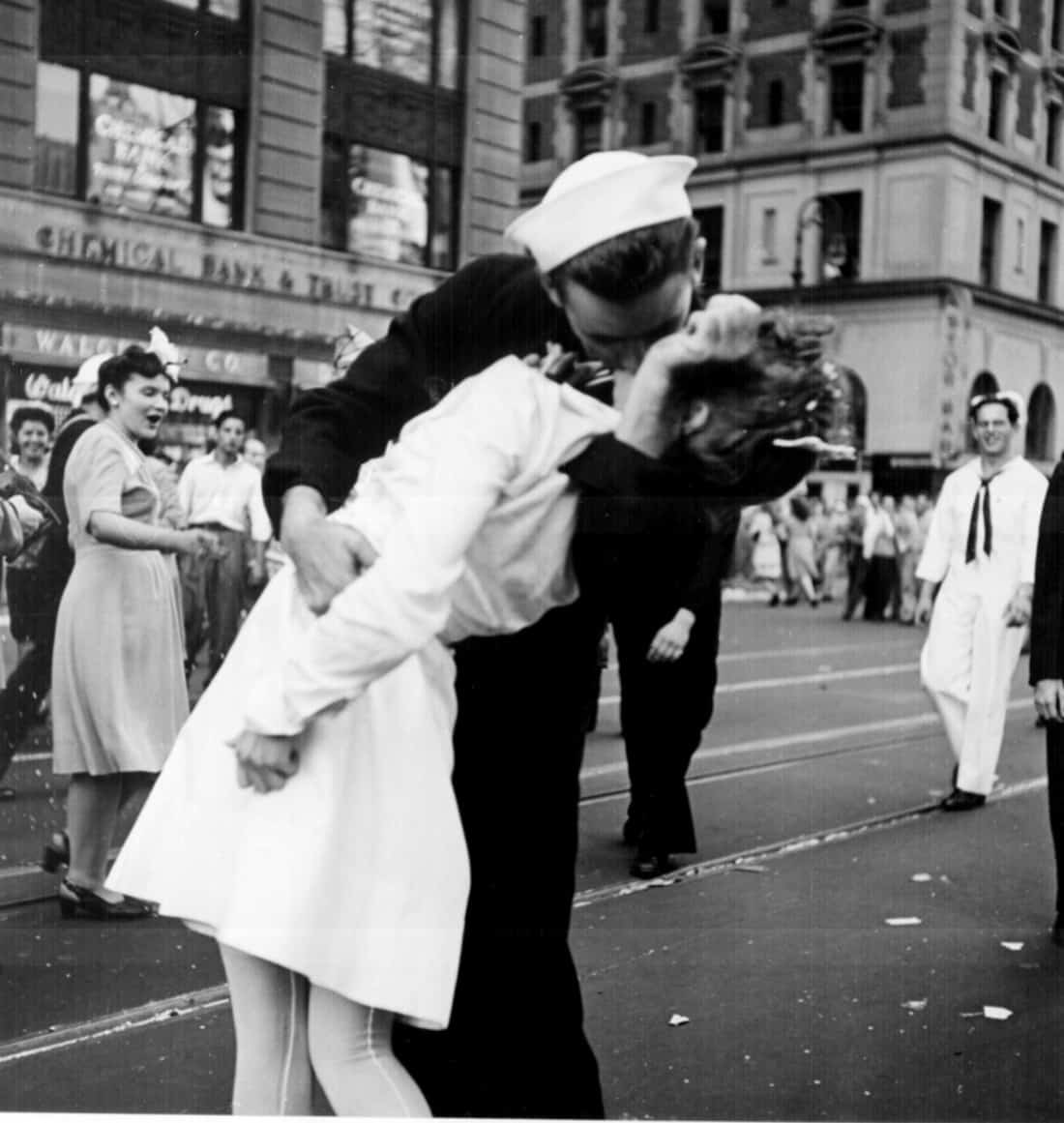Fascination About Framing Streets
Framing Streets Things To Know Before You Buy
Table of ContentsHow Framing Streets can Save You Time, Stress, and Money.Little Known Facts About Framing Streets.Framing Streets for DummiesFraming Streets Can Be Fun For EveryoneA Biased View of Framing StreetsOur Framing Streets PDFs
, typically with the aim of recording pictures at a decisive or emotional moment by careful framework and timing. https://www.viki.com/users/framingstreets1/about.
Things about Framing Streets
Susan Sontag, 1977 Street digital photography can concentrate on individuals and their behavior in public. In this respect, the road professional photographer resembles social documentary professional photographers or photographers that also operate in public areas, but with the goal of recording newsworthy events. Any one of these digital photographers' images may catch individuals and residential property noticeable within or from public areas, which frequently involves browsing honest problems and legislations of personal privacy, safety, and residential or commercial property.
Representations of day-to-day public life develop a category in practically every period of world art, starting in the pre-historic, Sumerian, Egyptian and very early Buddhist art periods. Art handling the life of the street, whether within sights of cityscapes, or as the leading theme, appears in the West in the canon of the North Renaissance, Baroque, Rococo, of Romanticism, Realistic look, Impressionism and Post-Impressionism.
Examine This Report on Framing Streets
Louis Daguerre: "Boulevard du Holy place" (1838 or 1839) In 1838 or 1839 the first picture of figures in the road was tape-recorded by Louis-Jacques-Mand Daguerre in among a pair of daguerreotype sights drawn from his studio home window of the Boulevard du Temple in Paris. The 2nd, made at the height of the day, reveals an unpopulated stretch of road, while the other was taken at regarding 8:00 am, and as Beaumont Newhall reports, "The Blvd, so regularly filled with a relocating throng of pedestrians and carriages was flawlessly solitary, other than a person who was having his boots cleaned.
, that was influenced to embark on a comparable paperwork of New York City. As the city developed, Atget helped to promote Parisian streets as a worthy topic for digital photography.

Framing Streets Can Be Fun For Everyone
Between 1946 and 1957 Le Groupe des XV yearly showed job of this kind. Andre Kertesz. Circus, Budapest, 19 May 1920 Street photography created the major content of two exhibits at the Gallery of Modern Art (Mo, MA) in New york city curated by Edward Steichen, 5 French Photographers: Brassai; Cartier-Bresson, Doisneau, Ronis, Izis in 1951 to 1952, and Post-war European Photography in 1953, which exported the concept of street digital photography worldwide.

Some Known Facts About Framing Streets.
The recording device was 'a hidden video camera', a 35 mm Contax hidden under his coat, that was 'strapped to the upper body and attached to a long cord strung down the best sleeve'. His job had little contemporary influence as due to Evans' sensitivities concerning the originality of his task and the privacy of his subjects, it was not released till 1966, in the book Several Are Called, with an introduction written by James Agee in 1940.
Helen Levitt, then an educator of kids, connected with Evans in 193839. She documented the temporal chalk illustrations - Street photography that became part of kids's street culture in New York at the time, in addition to the youngsters that made them. In July 1939, Mo, MA's new digital photography section consisted of Levitt's operate in its inaugural eventRobert Frank's 1958 book,, was significant; raw and commonly indistinct, Frank's pictures examined mainstream digital photography of the time, "challenged all the official regulations laid down by a knockout post Henri Cartier-Bresson and Walker Evans" and "flew in the face of the wholesome pictorialism and wholehearted photojournalism of American publications like LIFE and Time".